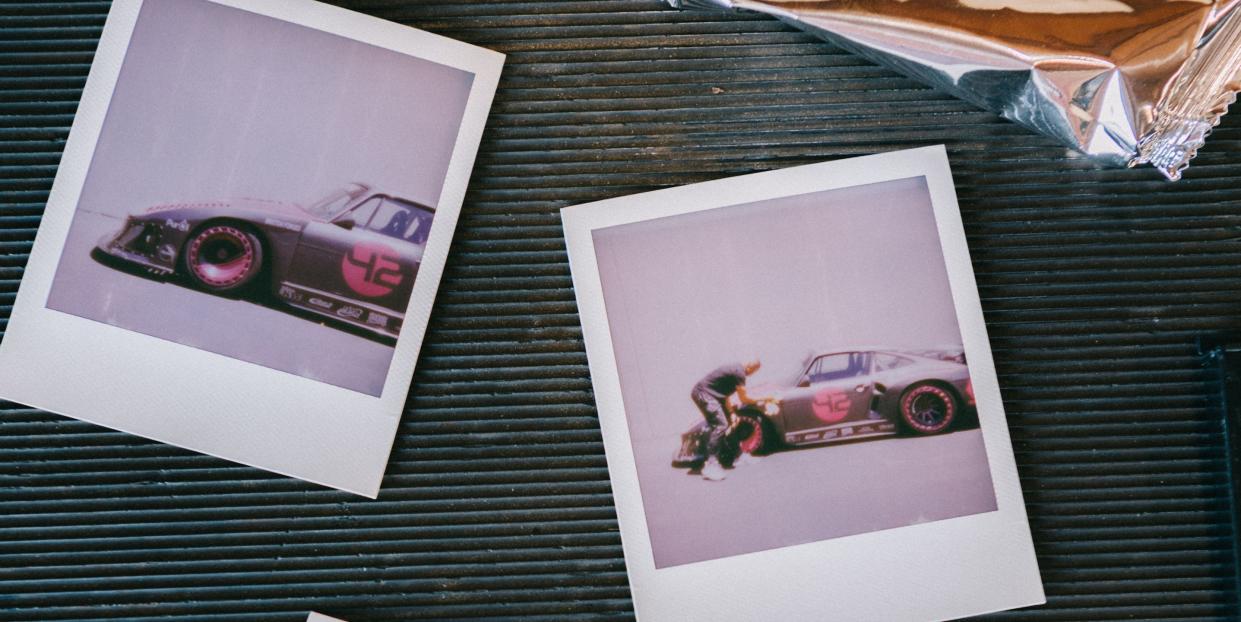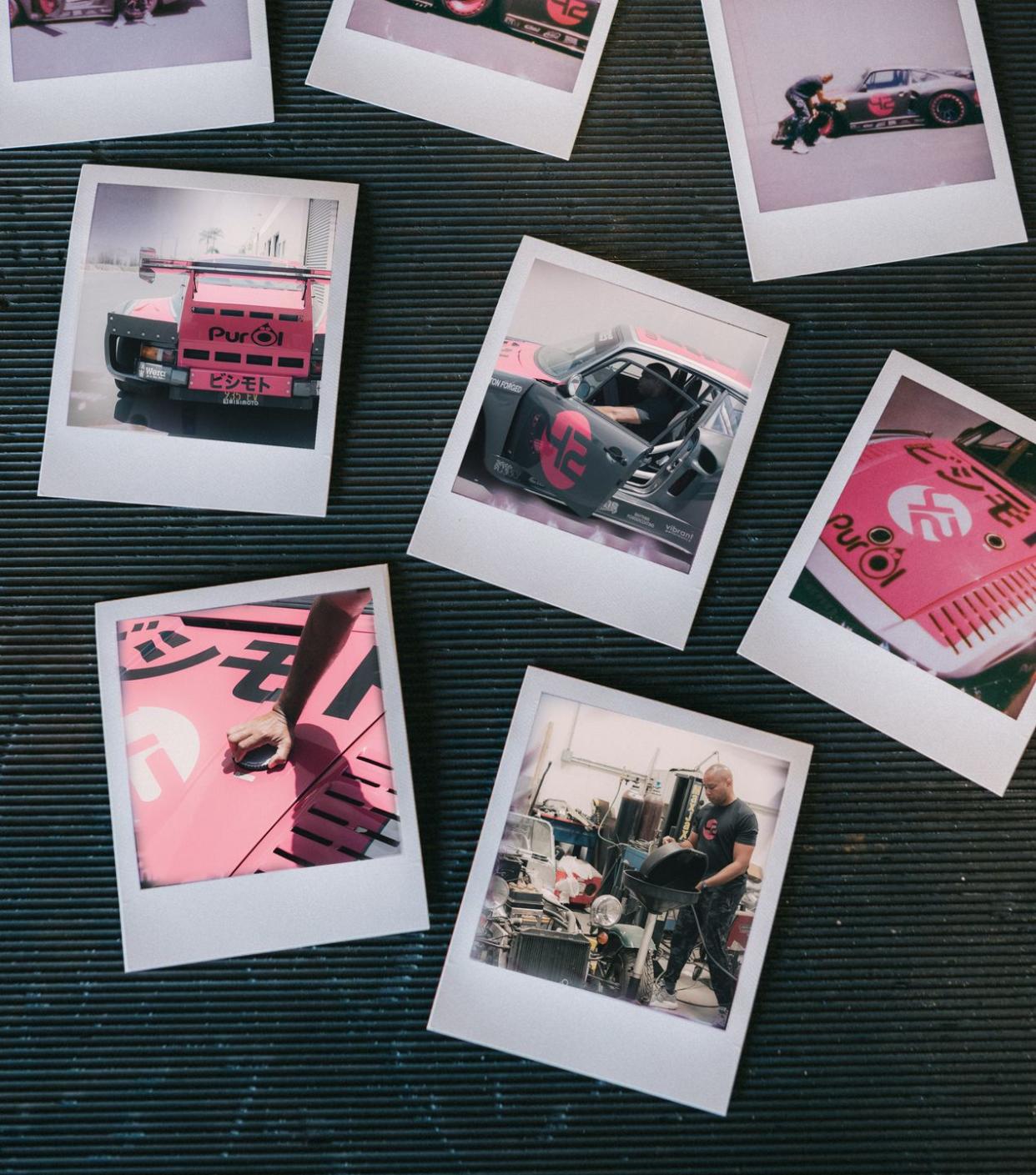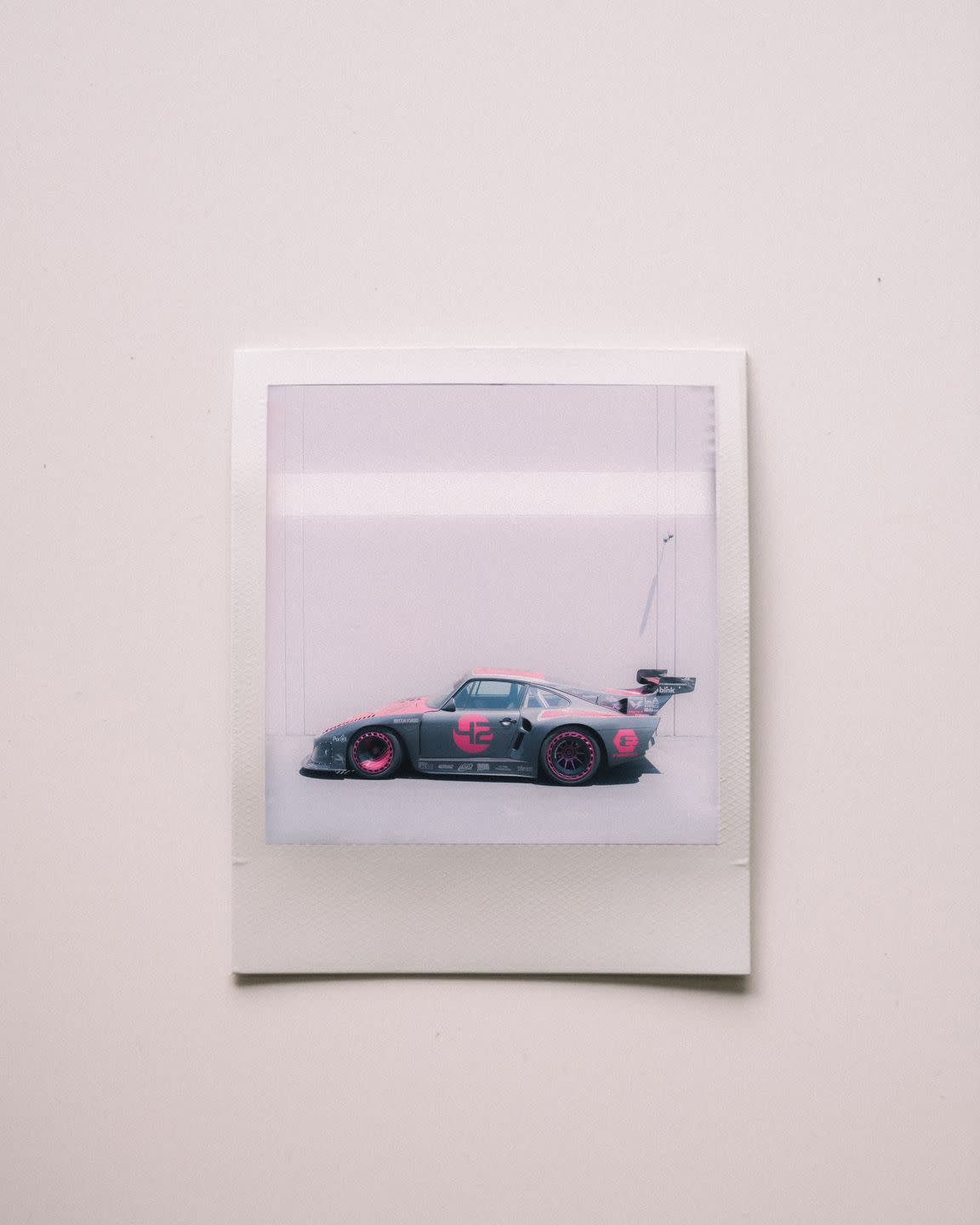The Bisimoto 935 K3V Is Proof Creativity Can Thrive in a Battery-Powered Future


Here’s what hope looks like, wrought from carbon fiber. The Bisimoto 935 K3V has no internal-combustion heartbeat, but it’ll still quicken the pulse of the most hidebound enthusiast. This car sports a shape from Porsche’s late-Seventies
Le Mans championship era, a curb weight under 2700 pounds, and 636 electric horsepower delivered with light-switch torque. The 935 K3V is a monster—and proof that creativity can thrive in a battery-powered future.
This story originally appeared in Volume 12 of Road & Track.
SIGN UP FOR THE TRACK CLUB BY R&T FOR MORE EXCLUSIVE STORIES
Modern electric performance comes from the factory in a sealed box with a “Do not touch” sign. With the likes of a Porsche Taycan, how a machine performs is determined by how much you paid. Modifications are limited to changing the wheels and maybe applying a bumper sticker that reads “My other car has carburetors.”
By contrast, the 935 K3V, created by Bisimoto in Ontario, California, is a lightning bolt from the built-not-bought crowd. Beneath its body panels, pulled from original Kremer K3 molds, lurks the skeleton of a 1984 Porsche 911 Carrera, but almost everything inside has been gutted out and custom-made. The livery, designed by artist Andy Blackmore, is a tribute to racer Tetsu Ikuzawa, Porsche’s only Japanese factory driver. Ikuzawa started out racing Prince Skylines and his personal Honda S600, and the 935 K3V’s cherry-blossom-pink livery was intended as a nod to Bisimoto’s Japanese-import-tuner past.

“I've gone from Mikunis to Webers to fuel injection to turbocharging, and now it’s electrification,” says Ndubisi “Bisi” Ezerioha, the founder of Bisimoto.
Born in Nigeria, Ezerioha studied engineering and worked in pharmaceutical research before setting up Bisimoto in the Nineties. Initially, the shop’s specialty was Honda performance, squeezing huge horsepower from frenetically revving, naturally aspirated four-cylinder engines.
As testament, Bisimoto once built the fastest front-wheel-drive car in the world. Ezerioha set or broke record after record with all-motor CRXs, then moved into turbocharging. He built a 1000-hp Honda Odyssey minivan. A decade ago, he bought a 1976 Porsche 930, stripped it bare, and built it up around a Mezger twin-turbo 3.4-liter flat-six good for a reliable 850 hp.

Someone this experienced with the alchemy of air and atomized gasoline does not rush toward battery packs and power inverters. But a chance encounter with a 1967 Porsche 912, one equipped with an electric drivetrain swapped in by the specialists at EV West in San Marcos, showed Ezerioha what was possible. He set to work.
The benchmark for Bisimoto’s EV was a 2014 Dodge Viper GTS, one of the most emphatically gas-powered cars ever. The Viper has a 640-hp 8.4-liter V-10 and a range of about 200 miles. The 935 K3V matches up on power, beats the range by a claimed 60 miles, and is some 700 pounds lighter.
An old Porsche is an ideal candidate for the drivetrain of the future. In a battery-electric vehicle, putting the motor on the drive axle allows for better efficiency and direct power transfer, so an old-fashioned rear-engine layout is no longer an outdated concept. However, no 911 axle or hub will stand up to modern levels of electric torque, and after pretzeling several axles, Bisimoto fitted custom parts to support the drivetrain.
The 475-kW AC induction motor came from a wrecked Tesla Model S. Fitted to a single-speed gearbox, it redlines at 18,200 rpm for a top speed of 165 mph. The interior is classic race-inspired 911, with Bisimoto’s own six-point cage and a Momo Prototipo steering wheel. On the exterior, Brixton Forged turbofan wheels seal the look.
What you can’t see written on such a beautifully finished product are the lessons learned from wrenching on EVs. Some safety protocols are fairly straightforward, like using insulated gloves and tools, adhering to a strict no-jewelry dress code, and following the old electrician’s guideline of keeping one arm behind your back. Less obvious is Ezerioha’s obsessive focus on building in safeguards everywhere from battery management to cable layout. Temperature control and battery-cell protection presented new challenges.
“It’s a whole new learning curve,” Ezerioha says. “We’ve had years of trial and error building projects around flammable substances. Here, a dedication to fail-safes is even more critical.”

Ezerioha calls the state of custom EV fabrication something of a Wild West. But he’s embracing the shift and already applying lessons he’s learned to a follow-up Porsche-themed project, this one based on the 935 “Moby Dick” race car of the Seventies.
From the frontier of car customization comes a message of optimism: In the future, performance tuning will look different. But really, it’ll also look the same.

You Might Also Like
